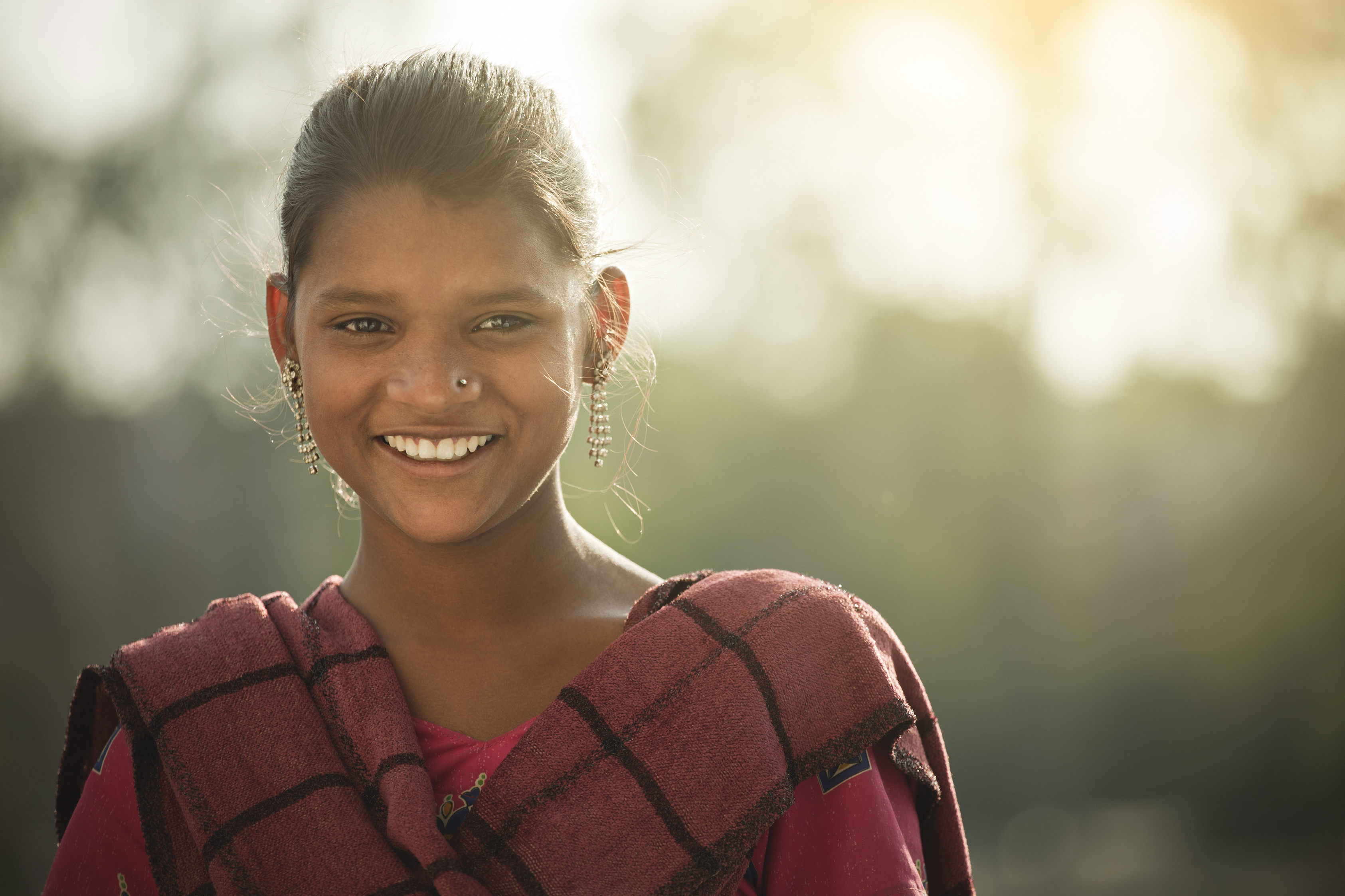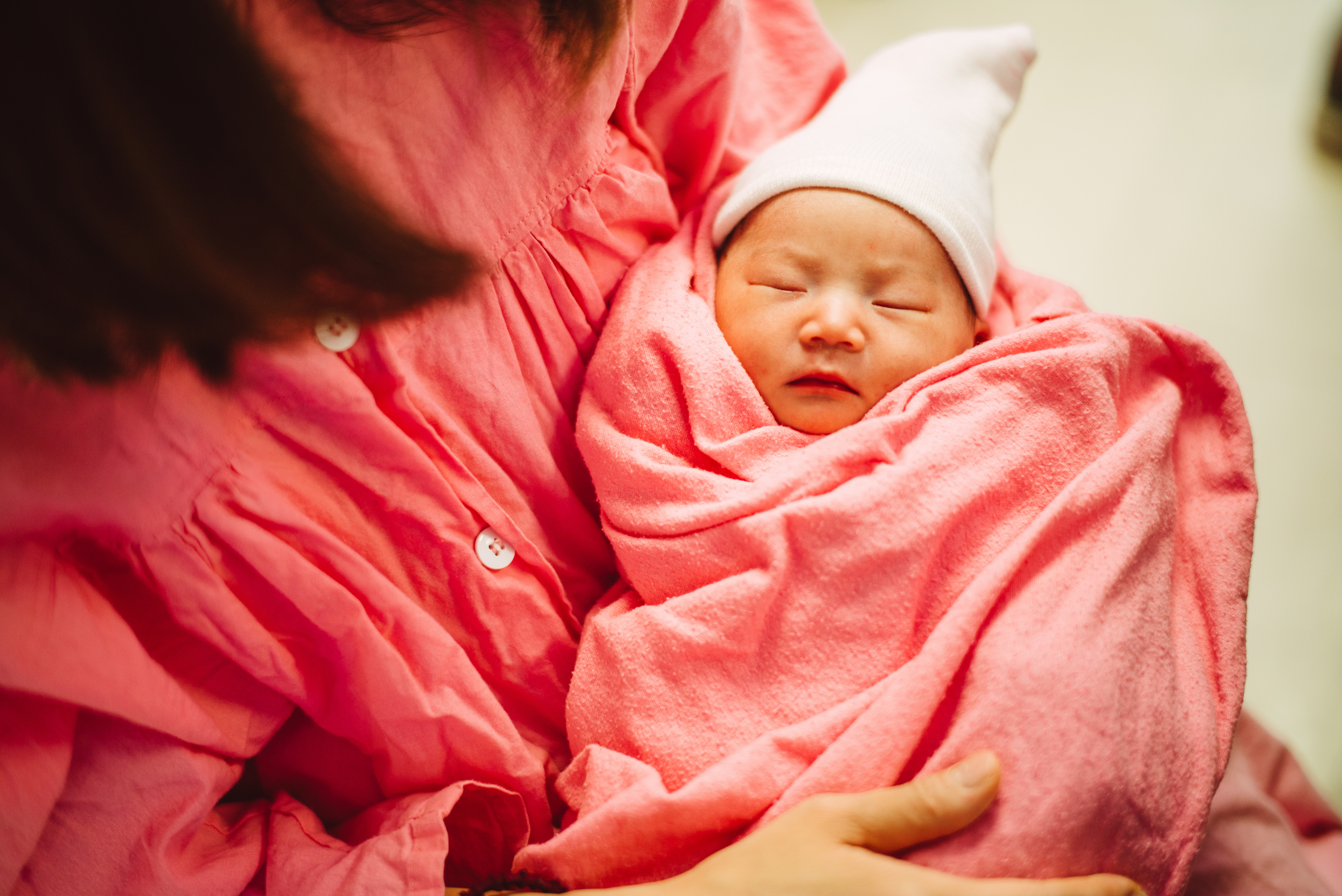
Business & Economics
Rebelling against modern slavery

A preference for sons in patriarchal societies across the world means we are missing 126 million women. Here is what we can do about it.
Published 11 March 2020
For many young soon-to-be mothers in rural India, the initial excitement of their first pregnancy will be accompanied with fresh anxiety - what if the baby is a girl?
If she gives birth to a daughter the new mother risks being shamed and abused by her own family. A daughter may be considered a financial burden and likely not be able to support her and her husband in their older age. Like many, the woman may decide to get an ultrasound to find out the baby’s sex, and if it is a girl, will get an abortion.

In the 1990s, economist and philosopher Amartya Sen estimated that more than 100 million women were “missing” in the world due to gender-biased discrimination. Today, that figure has risen to more than 126 million, with the majority (80 per cent) of these girls and women missing in India and China.
One of the two main explanations for this is excess female mortality among girls and women (compared to boys and men); through female infanticide, disregard of girls’ nutrition and healthcare needs, and high rates of women dying during childbirth.
But the other explanation, and one which is a growing problem, is gender-biased sex selection. In other words, female babies are being avoided or aborted in preference to males.

Business & Economics
Rebelling against modern slavery
Gender-biased sex selection is a profound form of discrimination that results from the combination of three factors: strong preferences for sons within a society, the rising use of modern technologies, and generally declining fertility rates.
It is typically measured through what is called the ‘sex ratio at birth’, which is the ratio of the number of male births per 100 female births. Under normal biological circumstances, the sex ratio at birth is 105 (105 male to 100 female births).
However, demographic evidence since the mid-1900s has indicated abnormally high sex ratios at birth, initially in China, India, South Korea, Vietnam, and more recently in Southeast Europe and the Caucasus.
For example, the sex ratio at birth in China peaked in 2004 at around 121, and had declined to around 112 in 2017.

Azerbaijan’s ratio was in the biological norm until the early 1990s, after which it started increasing to a maximum of at 117 in 2003 with a slight decline to 113 currently. More recently, Vietnam has seen increases in the ratio, from closer to normal levels at 106 in the 1990’s to 112 currently.
In the affected countries, the sex ratio at birth also increases with each woman’s subsequent children – from the second child on, the ratio becomes even more skewed to males.

Business & Economics
What’s keeping women out of work?
As part of a United Nations Population Fund (UNFPA) project we are investigating the root causes and consequences of gender-biased sex selection.
A strong preference for sons is a consequence of patriarchal and ‘patrilineal’ societies that favour men in both power and status. It can be most pronounced in highly agricultural and subsistence societies.
These systems value sons over daughters because family assets are passed through male family members (patrilineal), and the greater earning potential of men in patriarchal societies leads households to rely on boys as future supports as parents age.
At the same time modern technology is making it easier for couples to select the sex of their children. Widely available prenatal ultrasound means couples can very early learn the sex of their baby, affording them the opportunity to abort if they choose. In vitro fertilisation technology can also be used to directly select the sex of embryos.

Finally, declining fertility rates, including China as a result of the previous one-child policy, and the other affected countries, are leading to smaller families. This increases the potential pressure on parents to take measures to ensure ‘at least’ one son is born.
When these three factors (son preference, access to modern technology and declining fertility) are all present, gender-biased sex selection may arise; however, no single factor is the driving cause.

Business & Economics
Women, age discrimination and work
For example, although the use of prenatal ultrasound has compounded skewed sex ratios at birth, in those settings where there is no son preference, the increased availability of such technology is not associated with skewed sex ratios at birth.
Giving birth to a girl in societies where only the birth of a son is celebrated, may lead to gender-based violence, shaming, and community abandonment.
Women who are pressured into having sons may also be coerced into multiple pregnancies until they have a boy, affecting both their mental and physical health.
Paradoxically, women in Asia may also be stigmatised for undergoing abortions, leading to illegal and unsafe ‘underground’ abortions.
Skewed sex ratios at birth also result in societies with excess men and a shortage of women. This imbalance between the number of men and women available to marry can lead to women being pressured to marry earlier, or brides being “bought.” It also potentially encourages sex trafficking and violence against women.

So what can we do about it?
South Korea is one country that has been able to successfully normalise skewed sex ratios at birth. From a male to female birth ratio of 116.5 in 1990s, the ratio has now fallen to a near normal 105.5. Most experts believe this reduction resulted from shifts in social attitudes and targeted legislation.
South Korea was infamous for its strong patriarchal culture where sons carried the family lineage and cared for elderly parents, while daughters were considered as “outsiders” by her family and in-law’s until she “produced” a son.

Health & Medicine
Many of the world’s women are mistreated during childbirth
Industrialisation, however, made people less dependent on their family to survive. This helped drive a dramatic shift in societal attitudes and views around gender. Women were also encouraged to be educated and enter the workforce, enabling their financial independence.
South Korea also brought in new laws to promote gender equality, including the introduction of pension schemes to provide social support. Furthermore, the family law revision in 1989 enabled sons and daughters to have equal rights in property inheritance, married couples to jointly decide where to live, and greater equality in property and child custody rights after divorce.
South Korea’s success is inspiring efforts worldwide to end gender-biased sex selection.

UNFPA suggests the following measures to reverse gender-biased sex selection and promote gender equality:
● Improving social security through pension schemes, equal access to health care, and cash incentives for parents of girls
● Reforming legislature to improve women’s rights in property and inheritance, and increase women’s participation in education, politics, and workforce
● Implementing regulations on sex-selection technology to ensure proper use
● Shifting social norms towards gender equality
● Supporting research to investigate, monitor, and prevent skewed sex ratios at birth
These efforts require targeted collaboration between all members of society, from national governments to community members. By working together, we can take action to promote equality for people of all genders, and make the world a fairer place for all children to grow up in.
Dr Meghan A. Bohren, Piyali Somaia and Rana Islamiah Zahroh provide external research consulting for the United Nations Population Fund (UNFPA) team working on programs to prevent son preference and gender-biased sex selection.
Banner: Getty Images